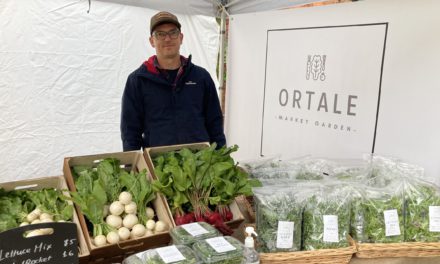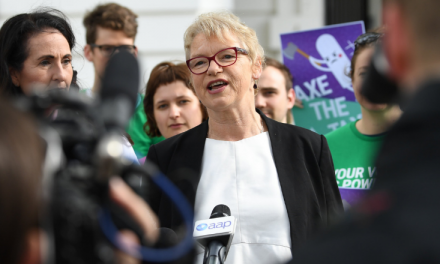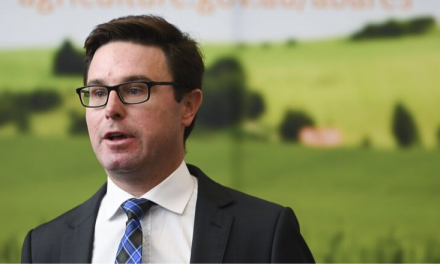With continued and widespread dry conditions through winter and into spring, female cattle slaughter has remained elevated, prolonging Australia’s ongoing herd liquidation, according to Meat & Livestock Australia’s (MLA) Cattle Industry Projections October Update.
On a 12-month rolling basis, the female percentage of adult slaughter remains at 54%, keeping the national herd firmly locked in a contraction phase.
MLA Senior Market Analyst, Adam Cheetham, said the excess turnoff of breeding stock and poor rainfall outlook has resulted in adult cattle slaughter for 2019 being revised higher to 8.4 million head, up 7% on last year.
“Reflecting these higher slaughter levels in the second half of 2019, the national herd forecast for the end of June 2020 has been adjusted lower to 25.5 million head,” he said.
“A downward trend in adult carcase weights has offset some of the impacts of increased slaughter, despite the number of cattle on feed reaching a new record in the June 2019 quarter, at just below 1.15 million head.
“Beef production has been adjusted higher for the year to reflect the elevated turnoff and is forecast at 2.4 million tonnes carcase weight (cwt), up 4%.
“With finished cattle supplies expected to tighten, and a reduction in the cattle herd and number of calves born from 2017-19, beef production is highly unlikely to exceed 2019 levels over the next two years.”
Mr Cheetham said young cattle prices have largely remained stable through winter, although weather variability has created a disparity between northern and southern regions, with prices in the south considerably stronger.
“Looking ahead, the market is unlikely to see any significant price corrections without widespread rainfall. However, the modest improvement in conditions in the south provides an indication of potential upside, with southern regions currently supporting the north, where conditions are hampering restocker activity,” he said.
“On the upside, the demand for well finished cattle is showing considerable strength in the market, with prices improving this year and likely to find continued support.”
Mr Cheetham said Australian beef exports have surged in 2019, driven by robust international demand, above average cattle turnoff and an Australian dollar that recently hit a 10-year low.
“In the first half of the year, Australia’s total beef export value reached $6.8 billion, up 22% for the same period in 2018. On the back of the forecast increase in production, 2019 exports have been revised upwards and are expected to hit 1.19 million tonnes shipped weight (swt),” he said.
“Reflective of the sustained impact of African Swine Fever (ASF), Australian beef exports to China for the year to September were at 200,000 tonnes swt, up 73% on 2018. Much of this growth has come from a 91% increase in the volume of manufacturing beef, closely followed by blade which has increased 81%, with these cheaper cuts of frozen beef making for an affordable pork substitute.
“Overall, the general global demand outlook for beef remains quite positive, with broad demand factors in key export markets holding. However, there are growing areas of uncertainty, including the ongoing US-China trade tensions.”
To read MLA’s 2019 Cattle Industry Projections October Update, visit the MLA website: https://www.mla.com.au/prices-markets/Trends-analysis/cattle-projections/








